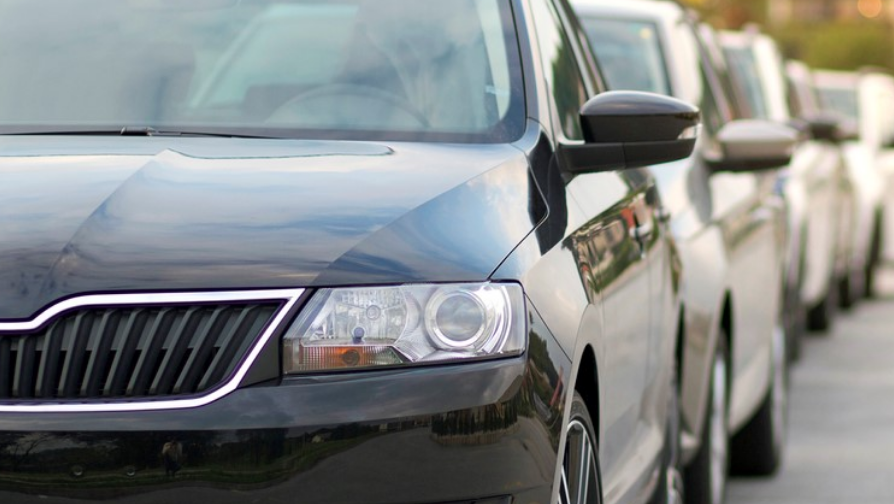Should You Buy or Lease a Used Vehicle?
Nov 18, 2023 By Susan Kelly
When you're out on the lot, getting attached to a car way out of your price range is easy. A substantial down paymeant may be required when buying or leasing a brand-new car. Leasing a pre-owned vehicle allows you to save money while enjoying the peace of mind that comes with a manufacturer's warranty.
Leasing typically results in more significant expenses than would be incurred by purchasing a used car outright. It could be wise if you're looking for a car you'll only use for a few years and at a reasonable monthly cost.
Why lease a pre-owned car instead of buying a new one?

The substantial savings that can be accomplished by leasing a used car instead of a new one make this option quite appealing. The lease cost depends partly on the car's residual value (what it's worth after the lease ends) minus the purchase price. This is because the value of used automobiles often declines more gradually than that of new ones.
Buying a used car instead of a new one could reduce your auto insurance costs because of the lower value of the vehicle.
Where to Get the Greatest Deal on a Used Car Lease
Used cars, but only Certified Pre-Owned (CPO) versions, are typically available for rental at car lots. Used cars certified as "Certified Pre-Owned" (CPO) are often recent models that another driver has leased. The car will have had any necessary maintenance to bring it up to the dealer's standards. Automobiles certified as "Certified Pre-Owned" (CPO) frequently come with extended warranties that cover more ground than the standard warranty offered by the manufacturer. Because of these characteristics, certified pre-owned vehicles typically cost more than used vehicles of comparable size.
Another option for those interested in leasing a used car is to assume an existing lease. Sites like Swapalease and LeaseTrader are just two of several that keep databases of people looking to get out of car leases early.
If you assume another person's lease, you'll be stuck with the restrictions and limitations of the original lease. It's crucial to understand that specific leasing organizations will ask for a fee if you want to transfer your lease and that using a third-party site may also cost you.
Lease Agreements for Pre-Owned Vehicles

Leasing a Certified Pre-Owned vehicle is an option at several franchise car lots. Although it is now easier to obtain, there are still limitations on the models of old automobiles that can be leased. You must deal with a Honda-authorized dealer, a Ford-authorized dealer, and so on when signing a lease on a new car. Certified Pre-Owned (CPO) autos are used automobiles that have been inspected and reconditioned by the dealer but also meet specific age and mileage criteria.
Second, you can try assuming a current lease on a used car. You will have to get the leasing company's approval to transfer the lease, and you will probably have to pay a fee. If you are a lessee needing a car leaseholder, you can do it using the websites Swapalease and LeaseTrader. A transfer fee may be waived whole or partially by some companies as part of a financial incentive program. Rent is paid monthly, just like a traditional lease, but there is no initial investment or other fees to consider.
How to Choose Between Leasing a New and Used Car
As with leasing a new vehicle, the process for leasing a used vehicle through a dealership is identical. Both an up-front investment and a purchase price may be necessary. A car's monthly lease payment is based on its "residual value," or the difference between the car's original cost and its predicted value at the lease's conclusion. The money factor is added to the standard payment, like interest is charged to a loan. Used-vehicle lease payments are typically more significant than those of new-vehicle lease payments, even though certain manufacturers offer leasing incentives.
In addition to any penalties for violating the lease's mileage limitations and wear-and-tear policies, you may be compelled to pay a disposition or turn-in fee after your used automobile lease.
To Sum Up
If you've decided to sign a car lease, you may want to look at the recently used vehicles currently available. You may be able to get a fancier car for the same price as your monthly payments.








